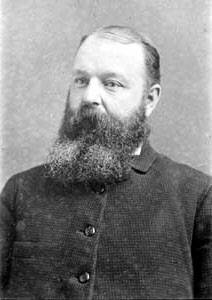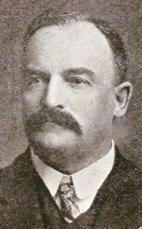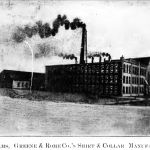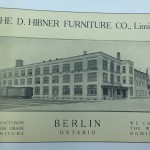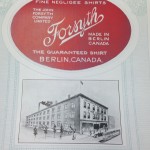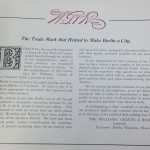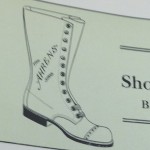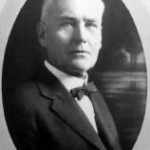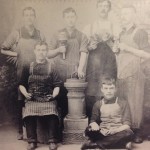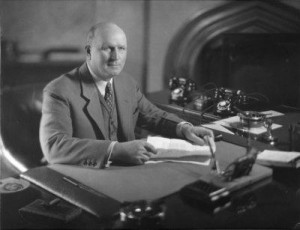Waterloo Region developed initially as an agricultural center. While the region as a whole never lost this feature, by the outbreak of the First World War, key industrial centers had developed, particularly in Galt and Berlin. These two centers developed at a relatively similar pace between 1870 and 1900. Galt, in Waterloo South, was industrially dominant until the turn of the 20th century, when Berlin superseded Galt’s industrial capacity, power, and population. By 1901, there were 2,360 employees in Waterloo South, and 2,993 in Waterloo North in the industrial sectors.
Waterloo South continued to produce flour, dairy products, wood products, woolen goods, and machine parts, amongst other manufacturing. Waterloo North, particularly Berlin, began producing goods of another nature, including furniture, men’s and women’s clothes, gloves, leather, buttons, shoes and boots, as well as trunks. By 1911, Waterloo South had 5,899 employees working in their 116 manufacturing establishments; Waterloo North had 5,785 employees working in their 147 establishments – 120 of which were factories. Many of Berlin’s factories were granted contracts to produce goods for the war effort in the summer of 1914. Here are a few examples of businesses in “Busy Berlin.”
(Hayes, Geoffrey. Waterloo County: An Illustrated History. Waterloo: Waterloo Historical Society, 1997,; McLaughlin, Ken. Made in Berlin. Kitchener: Joseph Schneider Haus Museum, 1989.; Fifth Census of Canada 1911, Volume II and III. C.H.Parmelee: Ottawa, 1912.; Fourth Census of Canada 1901, Volume II and III. Ottawa: S.E.Dawson, 1902.; Third Census of Canada, 1890-91, Volume II and III. S.E.Dawson, 1893.; Second Census of Canada, 1880-81, Volume II and III. Maclean, Roger & Co: Ottawa, 1883.; First Census of Canada, 1870-71 Volume II and III. Ottawa: I.B. Taylor, 1873.)
